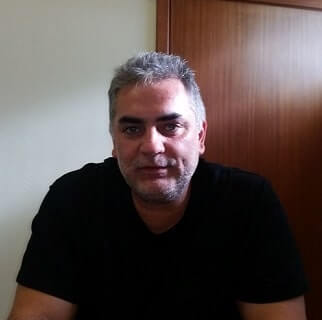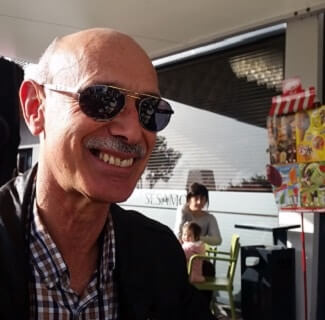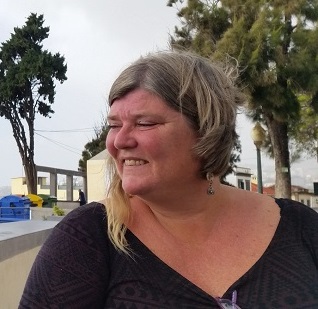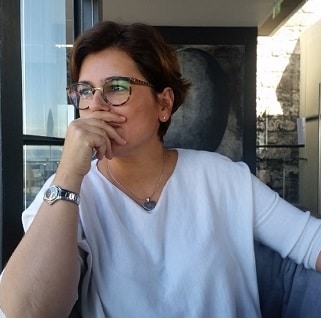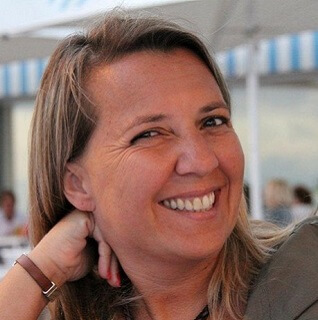

And if someone was to tell you that the famous ukulele, so enjoyed by the tourists in Hawaii, had its origins in Madeira’s “braguinha”? And if one were to tell you the story of the 120 Madeirans that arrived to that archipelago and thought it so much alike Madeira that they immediately felt at home?
This was the story told by Susana Caldeira, a researcher that found a way to Hawaii (even though a different one to the one used by the thousands of Madeirans in late 19th century) to find that Madeira is a lot more present in those islands than people generally think.
She had two small kids when she got on a plane and for over two months unearthed the past of those men and women who consider themselves to be … eighth generation Portuguese.
She walked on Funchal Street, one of the many with Portuguese names, she heard the fado, the “Bailinho da Madeira” and Portugal’s national anthem even before they explained that they didn’t understand the meaning of what they were saying as they had lost all knowledge of Portuguese. But they understood the meaning of “saudade” *, and about feelings, and that, says Susana, no one will be able to take away from them for the next generations.
This wasn’t, by any means, the aim of her original work. The intention was to ransack Madeira’s regional archive looking for references to D. Estevão de Alencastre, a native of Porto Santo who became bishop of Hawaii. But asking a researcher to close his or her eyes when she sees hundreds, thousands, of potential threads in front of her is the same as covering a maestro’s hears during a concert.
The film started passing on the screen of her real life, and shortly afterwards she was in Honolulu. She was received with open arms by people she didn’t even know, descendents of the some twenty thousand Portuguese who disembarked in Hawaii during the years following the arrival of the first ship, in 1878, with 120 people coming from various Madeiran parishes. She felt right at home. She ate marinated pork, fried dough and other Madeiran tastes that crossed two oceans and many generations.
She returned with a full heart. More than one century after the first Madeirans set their feet on that soil. But with an enormous will to return there every day. And taking our own histories inside her suitcase.
Of the Madeirans, she learned, during her research, that they were recommended by a German doctor that lived in Hawaii for twenty years and then passed through Madeira, writing to the Pacific islanders on the striking similarities existing between the two archipelagos. He recommended that they would send, from the other end of the world, for labourers in Madeira as they were, in the eyes of those receiving them, better than the Chinese to work, as that previous experiment had failed. Besides, the Chinese worker had taken with them diseases that had become fatal for the vast majority of the local inhabitants.
For this reason, continues the researcher with remarkable enthusiasm, it was necessary to replenish the labour force with people, according to the German doctor, “who look clean, healthy, well poised, and with the ancient manners of the Portuguese and Spanish races”. The text goes on, stating that “as a race, they are moderate, hard working, sparing and obedient. They come to stay, and will not send their money out of the country, like the other nationalities. We trust in the Emigration Board, in view of the success reached by this first bet in Madeira”. And he strongly recommended that they’d come to Madeira to seek more people willing to join the first who had gone, made out og 19 couples, three single women, 36 children and 46 single men. They all arrived in good health, with masons, carpenters and mechanics, even though the initial goal was that they’d all work on the sugar cane plantations, so well known in the Atlantic island.
Today, Susana talks of the woman who sings the fado with a Viana do Castelo scarf and goes emotional. And so does the audience. With neither understanding any Portuguese, but proudly showing their origins in the answers given to the researcher: I am Portuguese. With names, surnames and Madeiran diets, and a braguinha, sorry, an ukulele (jumping flea), by the way Madeiran João Fernandes seemed to scratch himself, seen by the eyes of the governor’s wife, and where the chords from many generations ago aren’t missing. There are those who link the name to the “gift that came from afar”, the present carried by the Madeirans who for 120 days echoed through the two oceans of the original voyage.
Almost 130 years later, Madeira keeps strong roots in Hawaii. The researcher rekindles every day the will of rapprochement between the two peoples who, thus, became one. The twinnings completed meanwhile, with Honolulu, in 1979, and Maui, in 1985, didn’t really go beyond paper, but on those old streets with Portuguese names, with the scents of marinated pork, many of our ancestors left their imprints, like dry stone walls, buildings names Faria, mendonça and Araujo, while the community also boasts Teixeiras, Silvas, Freitas, Pereiras and Camachos. Eight generations after João Fernandes arrived with his braguinha, which made Hawaii so well known, we ask but that one does not let our culture across the world die.
————————————-
* Saudade: a deep emotional state of nostalgic or profound melancholic longing for an absent something or someone that one loves. It means missingness. Moreover, it often carries a repressed knowledge that the object of longing might never return…
Saudade was once described as “the love that remains” after someone is gone. Saudade is the recollection of feelings, experiences, places, or events that once brought excitement, pleasure, well-being, which now triggers the senses and makes one live again. It can be described as an emptiness, like someone or something that should be there in a particular moment is missing, and the individual feels this absence. It brings sad and happy feelings altogether, sadness for missing and happiness for having experienced the feeling.
Saudade is a word that claims no direct translation in English. “Tenho saudades tuas”, translates as “I have (feel) saudade of you” meaning “I miss you”, but carries a much stronger tone.
Source: https://en.wikipedia.org/wiki/Saudade



